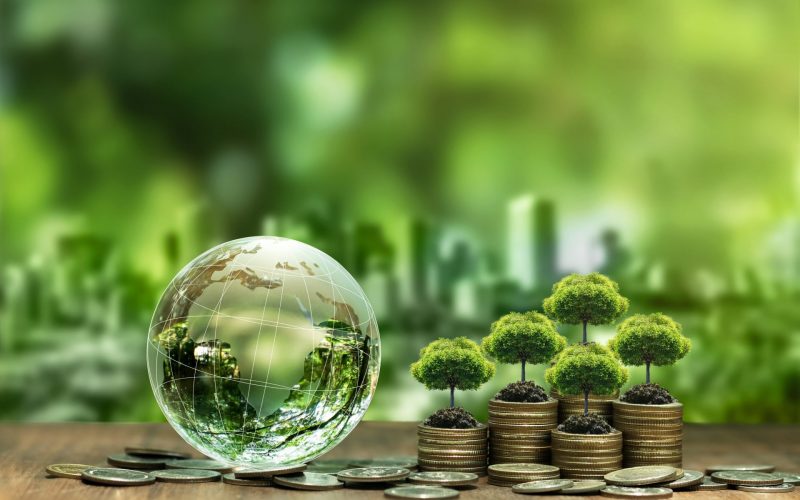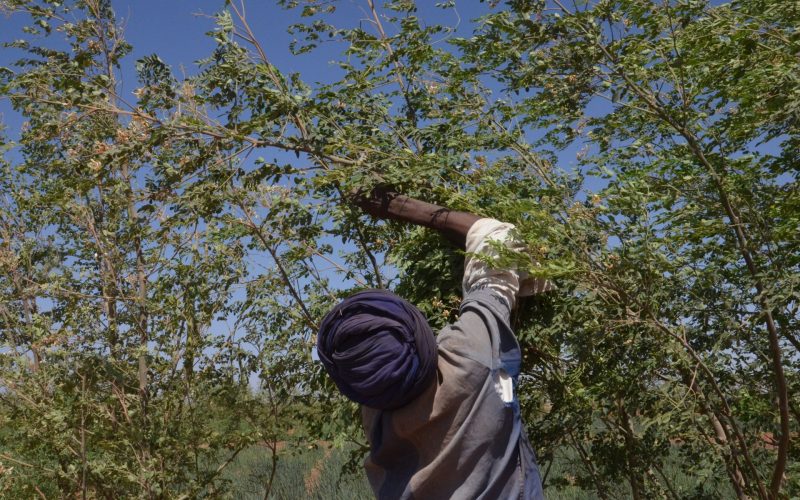The short-term challenge lies in balancing developmental and climate change imperatives which, to date, have been treated as mutually exclusive. However this ‘either-or’ mentality, whereby resources invested in climate change mitigation are perceived as investment forgone in development, can and should be addressed with an innovative economic agenda that identifies and develops market opportunities in climate mitigation and adaptation.
South Africa faces the typical concerns of a developing nation. Poverty alleviation and economic growth are the focus of its development agenda but the country’s expertise in dirty energy production is also central to this discussion. Ninety per cent of South Africa’s electricity is generated from the combustion of coal resources. The remaining 10% is generated from a mix of nuclear, hydro-electric and renewable energy resources. This configuration, along with the scale and intensity of current operations, has resulted in South Africa’s becoming the 13th largest current emitter of anthropogenic gases.
When assessing the country’s potential to develop along a lower carbon path, three key factors must be noted: firstly, South Africa’s natural abundance in coal gives it a comparative advantage in dirty energy production. Secondly, the most malignant threat to the country’s continued economic growth is a capacity constraint wherein the demand for electricity currently outstrips its supply. Lastly, as the United Nations Commission for Sustainable Development maintains, reliable and affordable energy is a necessary condition for halving poverty by 2015.
It is almost redundant to state that the energy sector is critical to South Africa’s development, not least because the South African economy relies so heavily on large scale mining. Moreover, the expansion of infrastructure will further beleaguer the national grid. One example of this is the rapid electrification programme, which aims to provide universal access to electricity by 2012. It would, as such, be near impossible for the country to abandon coal-fired power without scale and cost efficient alternatives. Currently, South Africa’s coal-fired capacity is being expanded with the re-commissioning of the previously-mothballed Camden, Grootvlei and Komati power stations, which have a combined capacity of 3 800 MW; the construction of the 4 800 MW Medupi power station; and the anticipated construction of the 5 400 MW Kusile plant. It is clear that South Africa will remain a large emitter well into the foreseeable future and this observation holds strong implications for both the country’s emission reduction targets and its position in global climate negotiations.
To show its cognisance of the climate threat, South Africa has proposed to cut emissions by 25% before 2020 and by 42% before 2025 from the ‘business as usual’ level. The most likely reason for such ambitious targets is twofold: strong and decisive action must be taken in order to avert future climate change, the effects of which would be manifested more severely on the African continent. Furthermore, the targets effectively serve as a positive signal in the climate bargaining process. Negotiations have not, however, come to bear fruit; the UN Climate Change Conference held in Copenhagen in December 2009 failed to produce legally binding agreements and the root of this impasse lies in disagreements surrounding the notion of climate justice. In a broad view, this concept argues that developing nations have a legitimate right to use their resources for growth and development and should not be punished for climate change problems that have largely been caused by industrialised nations. South Africa encountered two interdependent stumbling blocks at the talks.
The first came in the form of tensions between the EU, the US and China in which China was pressured to accept binding emissions reductions before resources for mitigation and adaptation would be transferred to the developing world. For its part, China strongly defended its right as a developing nation to reduce emissions on a voluntary basis rather than be held to legally binding reductions. There is commonality between China’s negotiating position and that of South Africa because both are large developing nations with high emissions. As a result, South Africa was actively engaged in these talks.
The second stumbling block for South Africa was what has been perceived as a lack of respect for the process on the part of the developed world. The common but differentiated responsibility to climate change which should prevail was instead replaced with avoidance: although it was multi-laterally agreed that global emissions should be halved by 2050, the Department of Environmental Affairs points out that the agreement did not stipulate how the burden of reductions would be shared and did not impose any binding intermediate goals for 2025 on the developed world. The feared implication of such a ‘toothless’ agreement is that the developing world would be forced to incur the bulk of the reductions despite both its socio-economic challenges and the fact that it is already internalising some of the adverse effects of climate change.
South African policy makers nonetheless maintain a positive outlook by asserting that the country takes its responsibilities seriously and will meet its reduction objectives. This naturally begs the question of how these goals will be achieved.
A number of visible steps have been taken in the direction of environmental fiscal reform. A carbon tax on passenger vehicles, payable from September this year, intends to encourage motorists to opt for vehicles with smaller, and hence more eco-friendly, engines. An environmental tax on non-renewable sources of electricity is expected to promote the uptake of renewables. Another tax on coal companies and their loads to Eskom is under discussion. This could create economic incentives for the power utility to seek alternatives to its current coal-intensive business model. More examples could be listed but without the much anticipated national climate change policy in place, it is difficult to say what further actions will be taken or, more importantly, whether South Africa will have done enough for carbon emissions to peak by 2025, plateau for a decade and then decline in absolute terms thereafter – as indicated in pre-policy documents.
Despite the current state of climate negotiations, the country has the opportunity to forge ahead. There is great commercial potential in climate change mitigation and the possibility exists to create a new labour absorbing industry centred on reducing carbon emissions, thereby alleviating poverty while meeting climate obligations. In this way climate change mitigation and development need not be mutually exclusive and conflicting objectives. The effective exploitation of green market opportunities could warrant talk of the convergence of development and climate change objectives and will require collaborative effort in business areas ranging from the policy to the microeconomic level.







